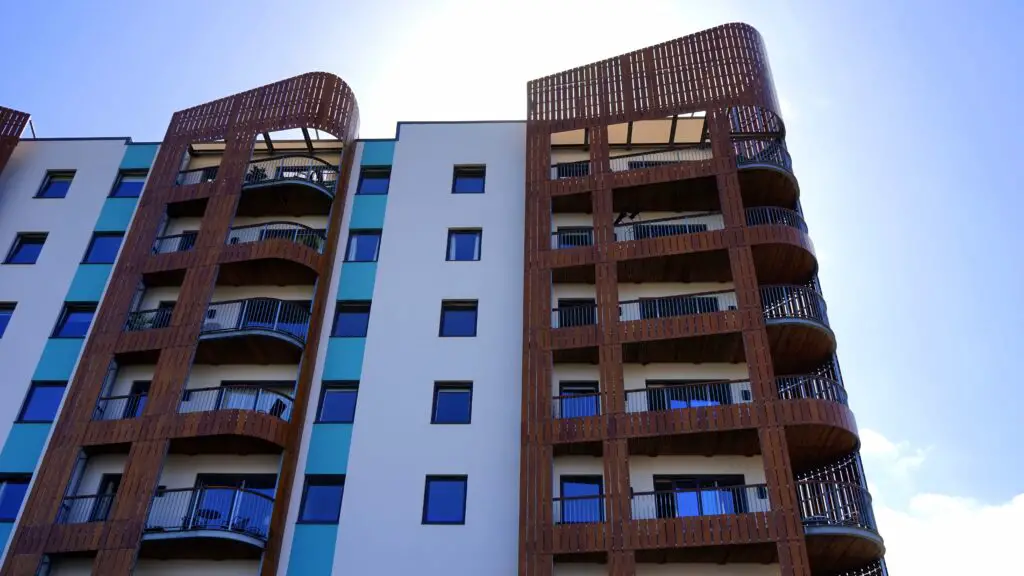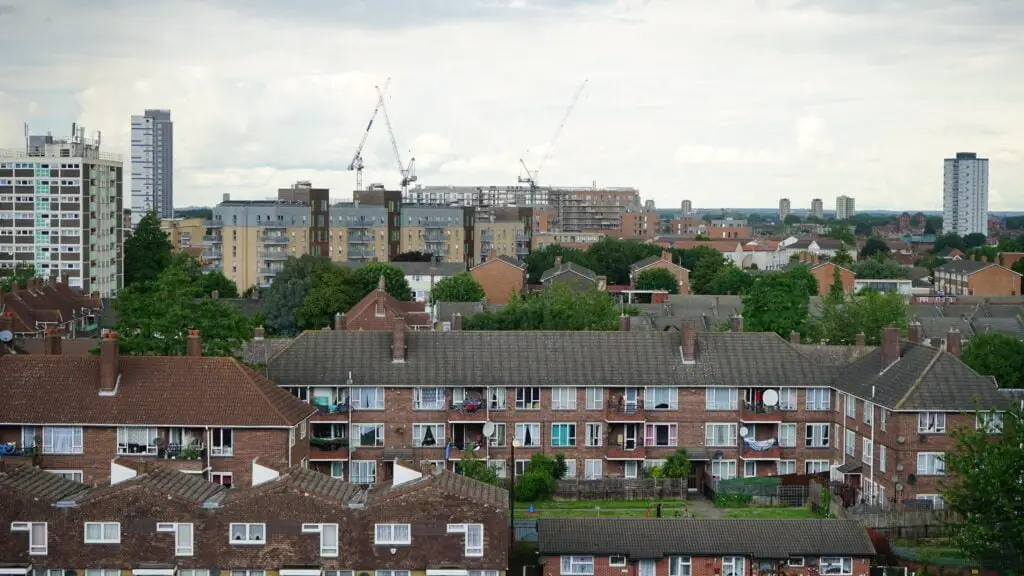The Philippines is one of Southeast Asia’s fastest urbanizing countries, with more than 60% of its inhabitants expected to live in cities by 2030. While urbanization is frequently viewed as a sign of progress and economic success, it also brings with it a slew of issues, including rising housing demand.
With an expected 6 million housing backlog by 2021, the Philippines’ housing crisis is a significant issue that must be solved immediately.
The lack of affordable housing alternatives is one of the primary causes of the Philippines’ housing crisis. The average monthly rent for a low-income household in Metro Manila is roughly PHP 5,000, which is more than half of the average monthly income of PHP 9,000, according to the World Bank.
As a result, many low-income families are forced to live in slums or informal settlements, where they lack access to basic services such as water, sanitation, and healthcare.

Construction plays a critical part in addressing the Philippines’ housing crisis by offering inexpensive and acceptable home options for low-income people. Can, however, building keep up with the growing demand for homes in cities?
In a nutshell, it depends. On the one hand, the Philippines’ construction industry has been gradually developing in recent years, with the sector expanding by 11.4% in the first quarter of 2021. Its expansion can be ascribed to the government’s infrastructure and housing plans, as well as rising demand for commercial and residential properties.
Furthermore, the utilization of modular construction and other novel building methods has the potential to boost the speed and efficiency of construction projects, allowing for speedier housing delivery.
On the other hand, the Philippine building industry confronts a number of problems that may hinder its ability to meet rising housing demand. One of these difficulties is a shortage of experienced personnel in the construction industry, which could slow down and increase the cost of construction projects.
Furthermore, the high cost of construction materials and land in urban locations may make it difficult to offer low-income families with affordable home options.
To solve these difficulties, the government and private sector must collaborate to promote and support the expansion of the Philippine construction industry. This could include investing in education and training programs to educate trained workers, incentivizing the adoption of innovative building methods, and developing legislation to encourage the development of affordable housing options for low-income families.
Conclusion
Finally, construction has the ability to play a critical role in addressing the Philippines’ housing crisis. While there are hurdles to overcome, the expansion of the construction sector and the application of novel building methods may help to provide inexpensive and decent housing options for low-income households. To overcome the housing problem, the government and private sector must work together to ensure that the building industry can keep up with the increasing demand for homes in urban areas.
To know the pricelist of grout, Tile Grout Guaranteed Best Construction Material Philippines’ Prices
To know other construction guides, tips, and methodology for beginners, veterans, and contractors, please see here.
To know the flood prone areas in the Philippines, Top 10 Flood-Prone Areas to Live in the Philippines.
To know more about Concrete Hollow Blocks, Simple Reasons Why Hollow Blocks are Highly Used in the Philippines
To know more about Hammers and Nails, Tips for Guaranteed Best Technique for Hammering Nails
To know more about Tees and Wyes, What is the Guaranteed Best to Use: Sanitary Tee Vs Wye

